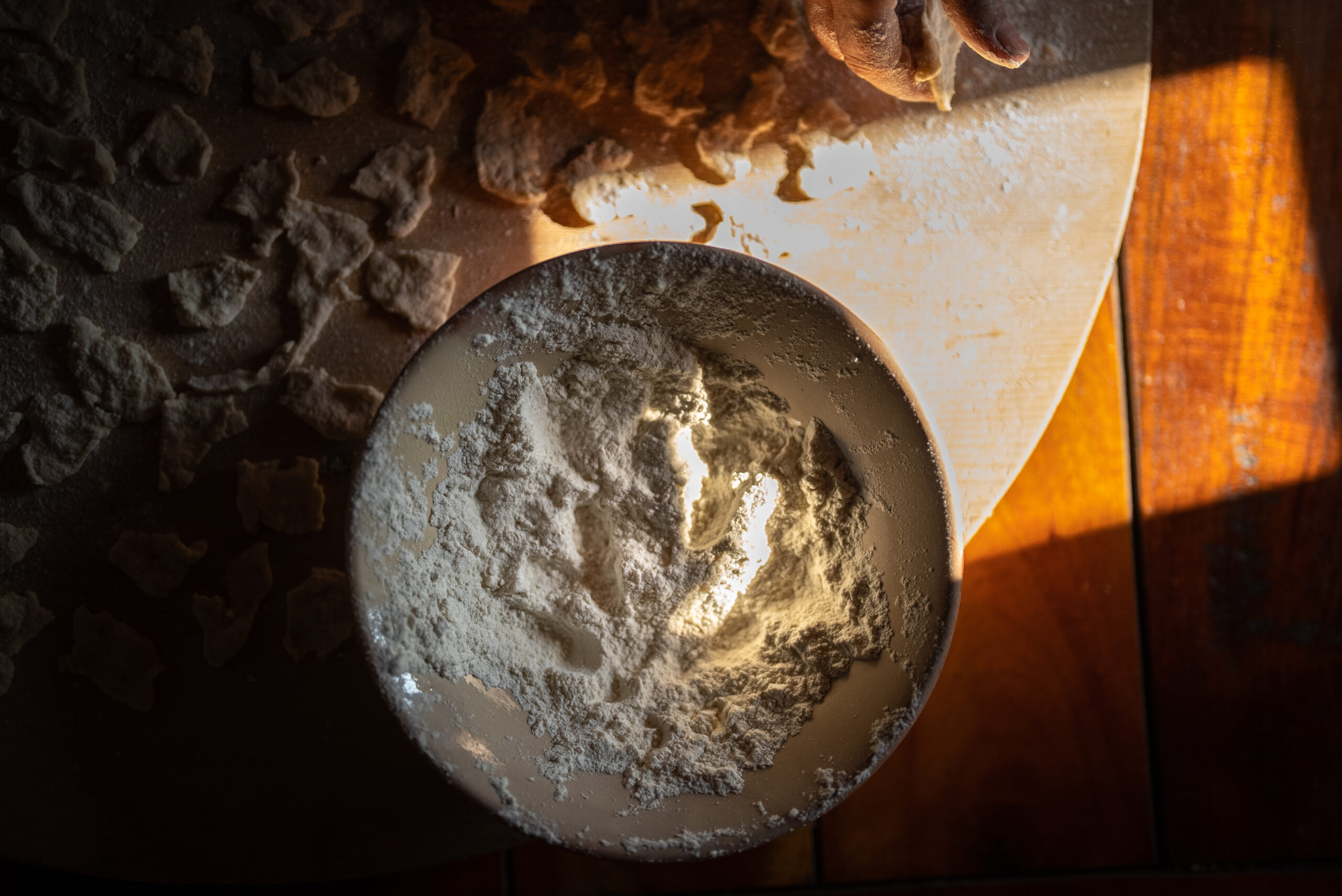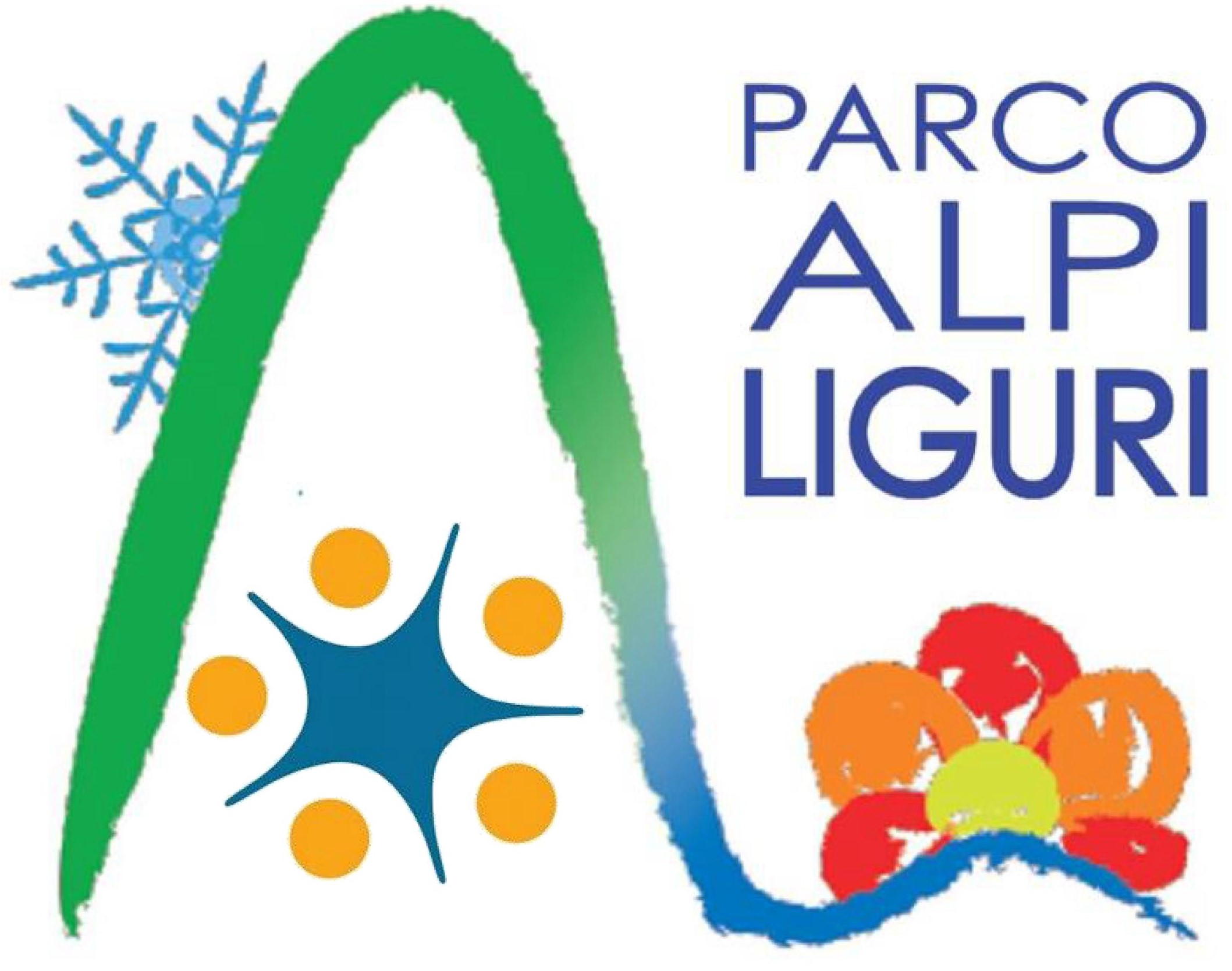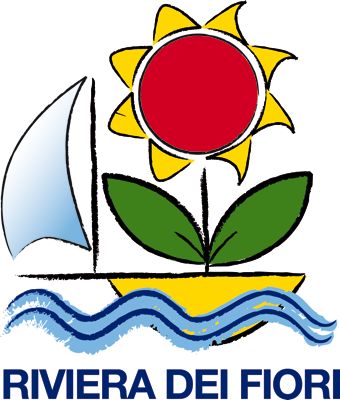The Ligurian Alps Regional Nature Park
The Maritime Alps: The Ligurian Alps Regional Nature Park
The Ligurian Alps Regional Nature Park was established by the relevant regional law in 2007. The park extends into the province of Imperia, touching the French border and the adjacent parks of Mercantour and Marguareis.
It covers over 6000 hectares that climb to an elevation of 2000 metres, embracing an area that starts in the valleys and reaches a high altitude, touching the peaks of Monte Saccarello, Liguria’s highest peak with its altitude of 2200 metres. A paradise for plant-lovers, where the interaction between man and nature has gone on for centuries, uniting peoples and cultures, and which today can be discovered through trekking, sporting trails and according to tradition.
Places in the park
Monte Saccarello defines the mountain geography of the Park and marks the border between France, Liguria and Piedmont, giving rise to the ridges of the Toraggio (1971 m) and Pietravecchia mountains (2038 m) to the west, and to the Fronte mountain (2151 m) to the east. The municipalities of the park are thus divided into three valleys with different faces: Val Nervia, with Rocchetta Nervina and Pigna overlook the sea and include olive groves but also forests of chestnuts and pines; the Upper Argentina Valley which includes Triora and offers steep and fascinating views; and finally the Upper Arroscia Valley with its forests and the mountainous region of Rezzo, Montegrosso Pian Latte, Mendatica and Cosio d’Arroscia.
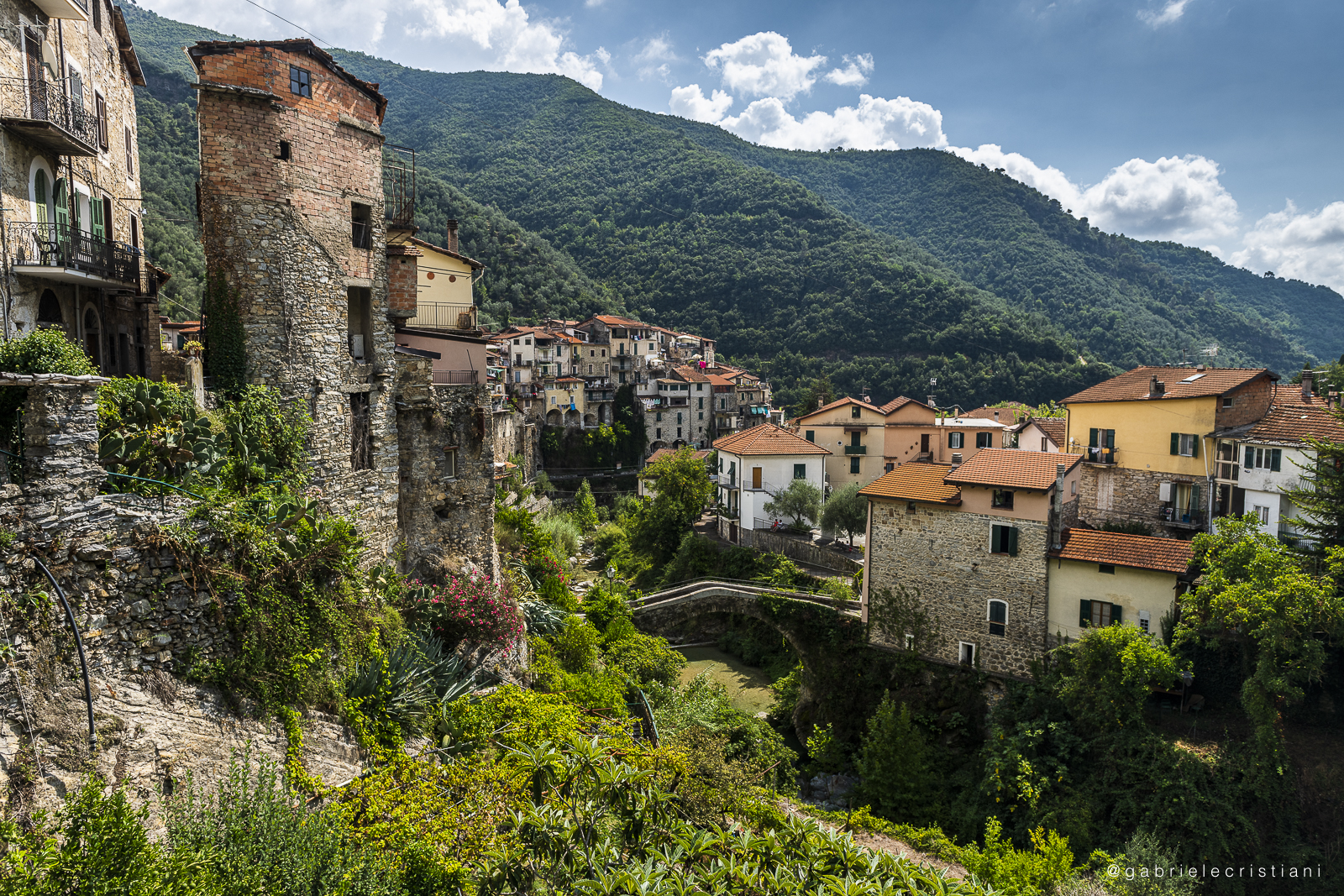
Following the trails
An invitation is extended to everyone who loves trekking to discover the Park by following the paths that run through it, connecting its valleys. Panoramic ridges, mule trails, but also the historic nucleus made up of 12 stages of the Park Trail, a network of 130 km that starts from Rocchetta Nervina in Val Nervia and arrives at Valle Arroscia. Among ancient villages, amazing vantage points, panoramas that reach from the sea to the snow-capped peaks, hikers can also follow routes that cross the Alta Via (High Road) of Monti Liguri, a backbone of 440 km that runs along the ridge of the whole of Liguria, from west to east, offering unique views and incredible experiences for everyone who loves to spend time in the great outdoors.
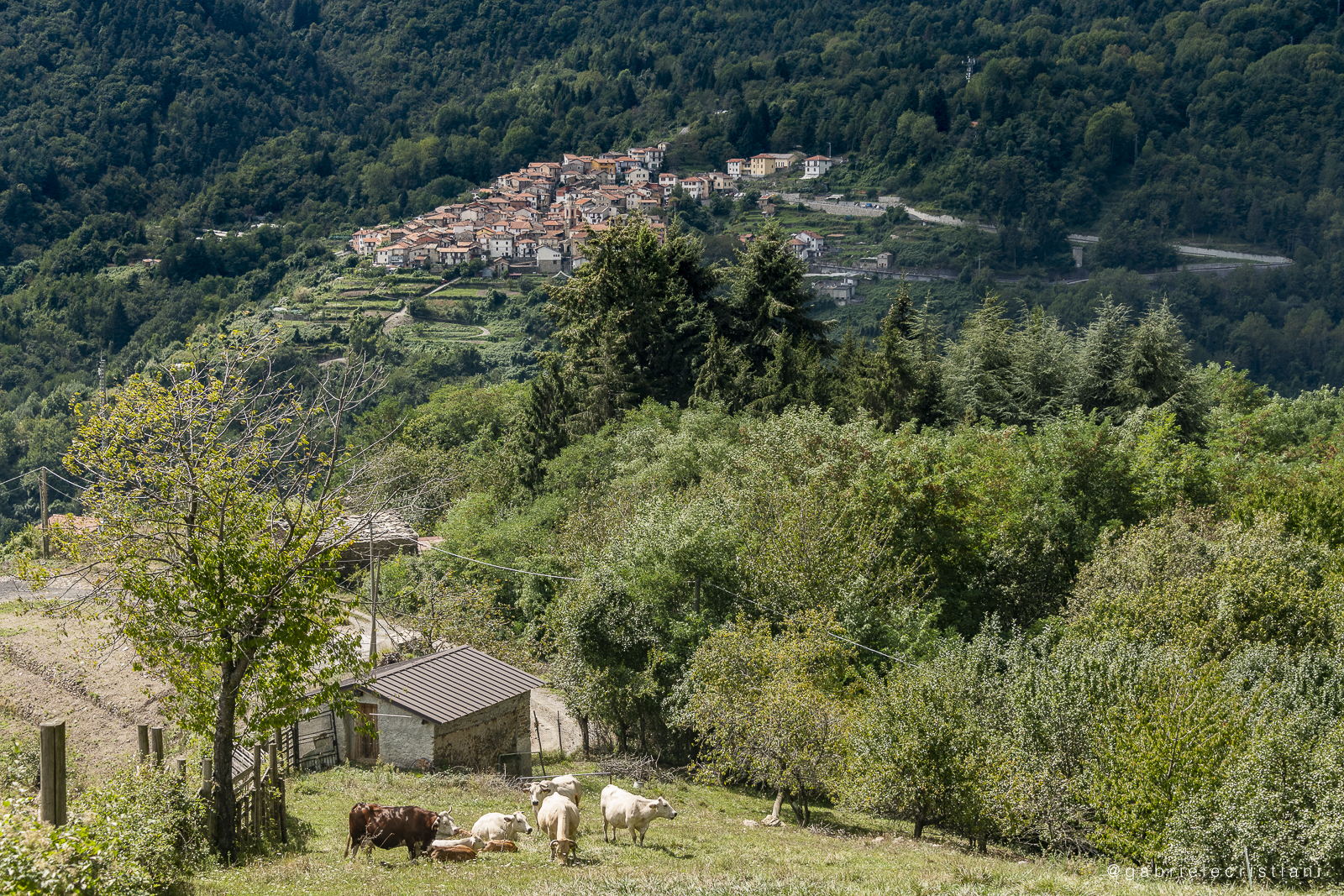
A botanical paradise
Orchids, gentians, lilies, rhododendrons, such as these flowers of the Garezzo or Saccarello hills, are amongst the most extensive in Europe. The Riviera of Flowers moves into the mountains creating surprises that the particular formation of the territory favours, with its steep rise in elevation from the Mediterranean belt to the alpine environment. Among the protected species some are native plants and others have found the perfect environment here. Among those that stand out are the red lily of Toraggio and of Pietravecchia, Lilium Pomponium, but also a saxifrage typical of Alaska and Greenland, thyme, euphorbia, primrose … There are about 3000 plant species that make the Park’s biodiversity exceptional.
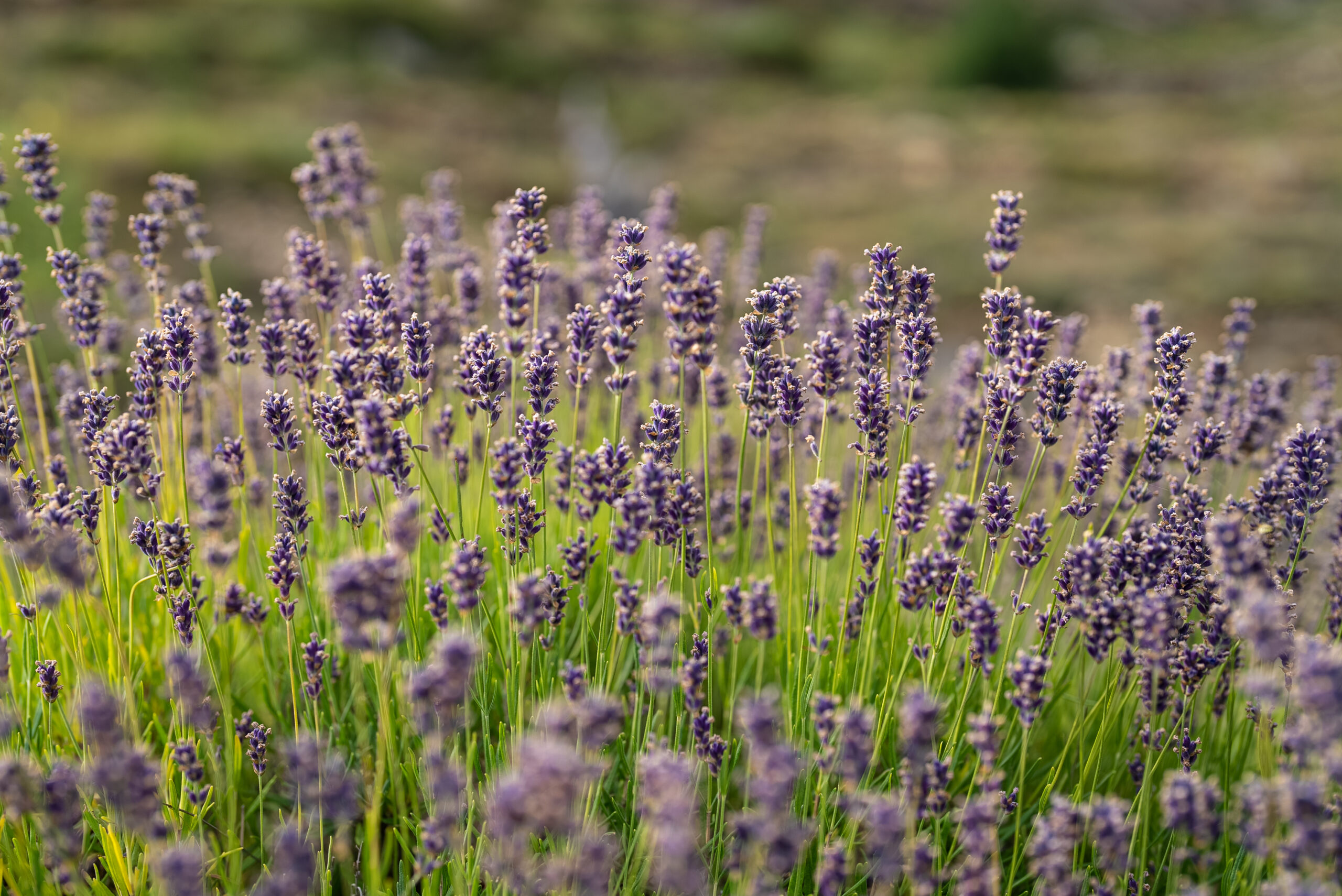
The Riviera of the Forest
After leaving the coastline and entering the deep interior, forests and woods open up that are unexpected in the Rivera of Flowers. Between Rocchetta Nervina and the French border lies one of the biggest forests in Liguria, with its rare silver firs and typically alpine vegetation. This is the state-owned forest of Gouta-Testa d’Alpe, between 1000 and 1400 meters high, managed by a trans-border collaboration.
The enchanting Rezzo forest has always been known and exploited by man, and is known for being the largest beech forest in Liguria, with trees over 30 metres tall.
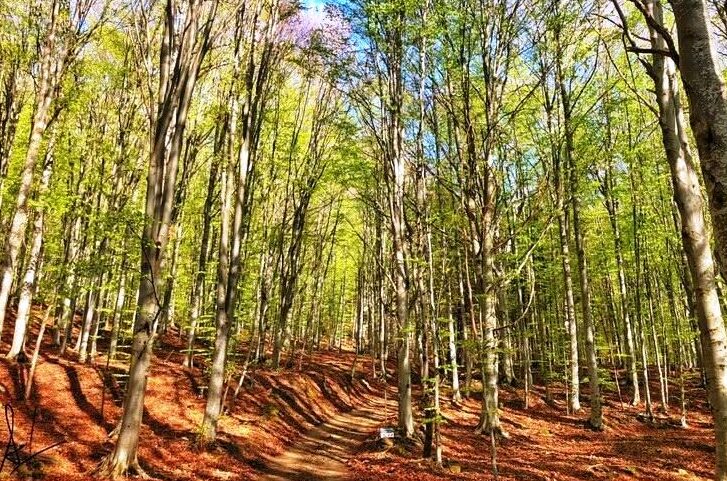
White cuisine
Experiencing the Park of the Ligurian Alps also means discovering a gastronomic culture made up of typical dishes and recipes, the result of man encountering nature in mountainous territory. When you turn away from the coast, you enter the land of white cuisine, a tradition of pastoral and migratory communities. This is especially widespread in the Mendatica area in the Upper Valle Arroscia, where this tradition is kept alive with its dishes that are “white” because they are composed of pale coloured vegetables such as leeks, turnips, cabbage, potatoes and garlic from Vessalico, but also of flour-based and dairy products, flavoured by the aromatic herbs of the region.
